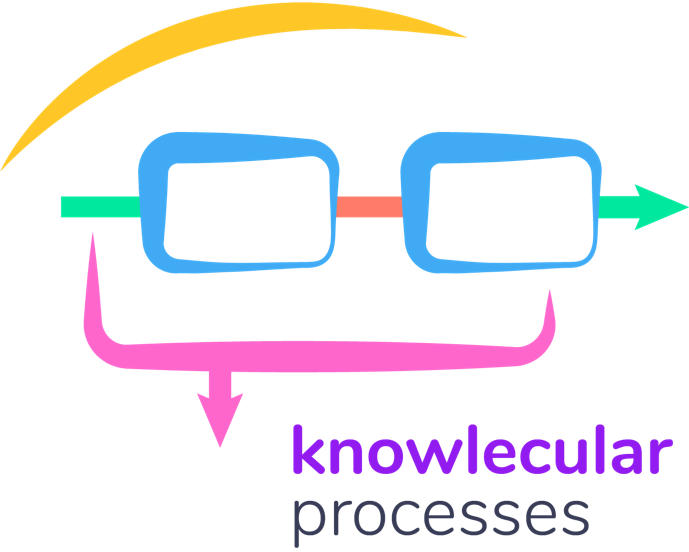3 ideas about Real Options in innovation
3 ideas about Real Options in innovation
By Darrell Velegol, PhD
2024 Sep 04
I just read the book “Unlocking opportunities for growth” by van Putten & MacMillan. They were at Wharton (U Penn) when they published it in 2008. It has several fascinating ideas about the use of “real options” in innovation. Real options are not sold on a market like the usual call and put options in the financial world, but they allow a company internally to take small steps toward a larger project -- either capital or innovation investments -- without placing a large bet at the beginning. They thus allow time for learning as you go, and to stop if things aren’t going well, before major resources are invested. Here are three concepts from the book, about creating a winning asymmetry for your innovation work:
1. Opportunity Value (OV). While some projects might not look viable today, there might be some assumptions or unknowns that can be tested with few resources, and give learning that can either make the project a winner -- in which case you take the option to continue with it -- or which reveals that the project is unlikely to make it -- in which case you’ve lost only a small amount of resources to do the testing. For projects that can BECOME winners, that is the opportunity value, taking it from losing money to making money.
2. Abandonment Value (AV). While projects might often lose everything invested in them, van Putten and MacMillan discuss a number of ways to SALVAGE PART of the investment, and so even though the project loses money, it mitigates the losses. There are common suggestions like licensing IP or selling assets, but they give many examples of ways to gain AV and so mitigate losses. The examples are instructive.
3. Actionability and early information. Information becomes more accurate with time and effort, and companies are often reluctant to use early information because it’s less accurate. However, early information is the most ACTIONABLE! That is, you have time to act on early information before severe costs are realized. This is especially true if you set up REAL OPTIONS to step out if later information (i.e., more accurate) reveals that the project will lose money. This is sometimes called the “actionability-certainty tradeoff” in Real Options theory.
You can find the book here:
https://www.amazon.com/Unlocking-Opportunities-Growth-Uncertainty-Limiting/dp/0132237903/ref=sr_1_1?crid=1B1C6PK4PC4RW&dib=eyJ2IjoiMSJ9.G5oGfWgy3kXgB4PTjgRI0sZDoIoht2tm_TJ4siZzTfXzUEPgyhxorrza0bzYsUb4mmSn-91mxtJJqOl8iTqpTHHmESa6HuQUMsY2BtUKbwF0J1pKBNZGG23APQewuHMSXGeJVUgyR089VS4dyGdW9acC3-N1JoJkwwChmcL9qktdiVe8EcIfWmnwwiMbJwF57TWcJZZG4YHnwde0hPEMIbCi_8fe_R2JkKlFMZByVuE.822qcSukxAa6umbLjLqv7wSgTTzUI4VFtOtW_2Nc9gU&dib_tag=se&keywords=macmillan+opportunities+for+growth&qid=1725464717&sprefix=macmillan+opportunities+for+growth%2Caps%2C137&sr=8-1&ccs_id=ee831c84-1e58-4c3f-a405-9dd5b2fd459a
